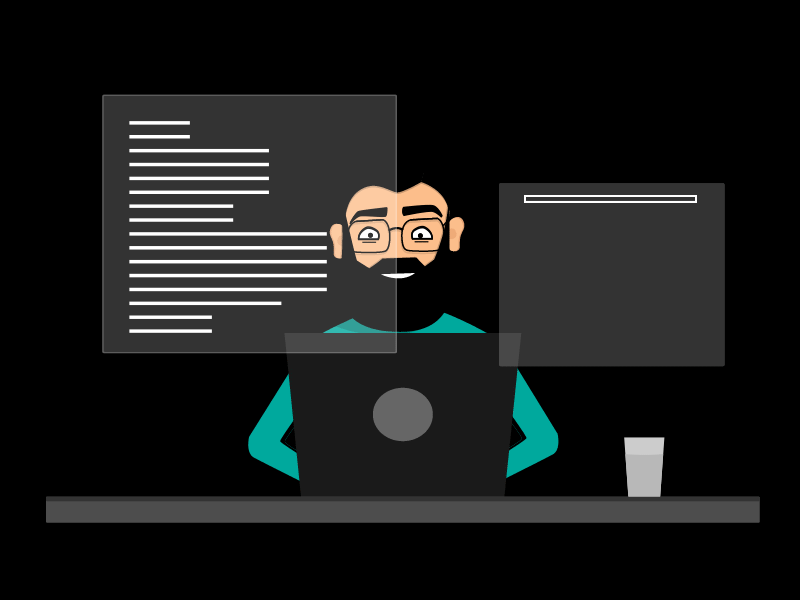Cracking coding interviews at top tech companies isn’t just about knowing how to code — it’s about solving complex problems efficiently, under time pressure, and explaining your thought process clearly. If you’re targeting roles involving algorithms, data structures (DSA), dynamic programming (DP), and Java, this guide will help you prepare strategically and confidently.
🧠 1. Understand the Core Concepts of DSA
Before jumping into problem-solving, ensure your fundamentals are strong.
🔑 Key Topics to Master:
-
Arrays and Strings
-
Linked Lists
-
Stacks and Queues
-
Trees and Graphs
-
Hashing and Hash Tables
-
Heaps and Priority Queues
-
Recursion and Backtracking
-
Sorting and Searching Algorithms
👉 Tip: Don’t just learn how to implement — understand when and why to use each structure.
🧩 2. Focus Deeply on Dynamic Programming (DP)
Dynamic Programming is a crucial part of technical interviews, often seen as the “make or break” section.
🧠 How to Master DP:
-
Start with basic problems like Fibonacci, Knapsack, and Coin Change
-
Understand memoization vs tabulation
-
Break down problems into subproblems
-
Practice identifying overlapping subproblems and optimal substructure
🔥 Popular DP Patterns:
-
Subset Sum
-
Longest Common Subsequence
-
Matrix Chain Multiplication
-
Edit Distance
-
DP on Trees & Graphs
☕ 3. Sharpen Your Java Skills
If Java is your primary programming language for interviews, you should be fluent in both syntax and built-in libraries.
🧾 Java Topics to Revise:
-
Collections Framework (List, Set, Map, Queue)
-
Comparable vs Comparator
-
Generics and Lambdas
-
Multithreading Basics (for advanced interviews)
-
String and StringBuilder manipulations
-
Exception handling and object-oriented principles
Practice Tip: Solve DSA problems using Java on platforms like LeetCode, HackerRank, and Codeforces.
🛠️ 4. Practice, Practice, Practice
Nothing beats consistent hands-on problem-solving.
✅ Best Platforms for DSA and DP Practice:
-
LeetCode (Focus on Top 100 Liked and Tagged DP problems)
-
GeeksforGeeks (Great for theory + practice)
-
Codeforces and AtCoder (For competitive edge)
-
InterviewBit (Curated interview questions)
-
HackerRank (Java + DSA focus)
🕒 Daily Routine Suggestion:
-
1 easy problem (warm-up)
-
1 medium DSA problem
-
1 DP-focused problem
-
15 minutes Java theory/practice
🗣️ 5. Learn to Communicate Your Thoughts
In interviews, your problem-solving approach is as important as the solution itself.
🎤 Improve by:
-
Explaining problems aloud as you solve them
-
Writing clean, readable code with comments
-
Practicing mock interviews on platforms like Pramp, Interviewing.io, or with friends
📚 6. Use the Right Study Materials
🏆 Recommended Resources:
-
Books:
-
“Cracking the Coding Interview” by Gayle Laakmann McDowell
-
“Elements of Programming Interviews”
-
“Introduction to Algorithms” (CLRS)
-
-
YouTube Channels:
-
Abdul Bari (for core concepts)
-
Tushar Roy (excellent DP explanations)
-
WilliamFiset (Data structures in Java)
-
🧪 7. Take Mock Interviews
Real-time simulation helps you reduce anxiety and improve communication.
Where to Practice:
-
Pramp
-
Interviewing.io
-
Exercism + Peer Interview
-
Peers or seniors in the industry
🎯 Final Thoughts
Preparing for interviews focused on DSA, DP, and Java takes time, discipline, and lots of coding. Focus on understanding the “why” behind every algorithm, not just the implementation. With consistent practice and the right resources, you’ll not only be ready — you’ll stand out.
✅ Quick Checklist for Interview Readiness
-
Strong understanding of DSA fundamentals
-
Mastered 10+ key dynamic programming problems
-
Fluent Java coding and familiarity with key libraries
-
100+ problems solved on platforms like LeetCode
-
Comfortable with whiteboard-style or online coding
-
Practiced mock interviews with feedback

